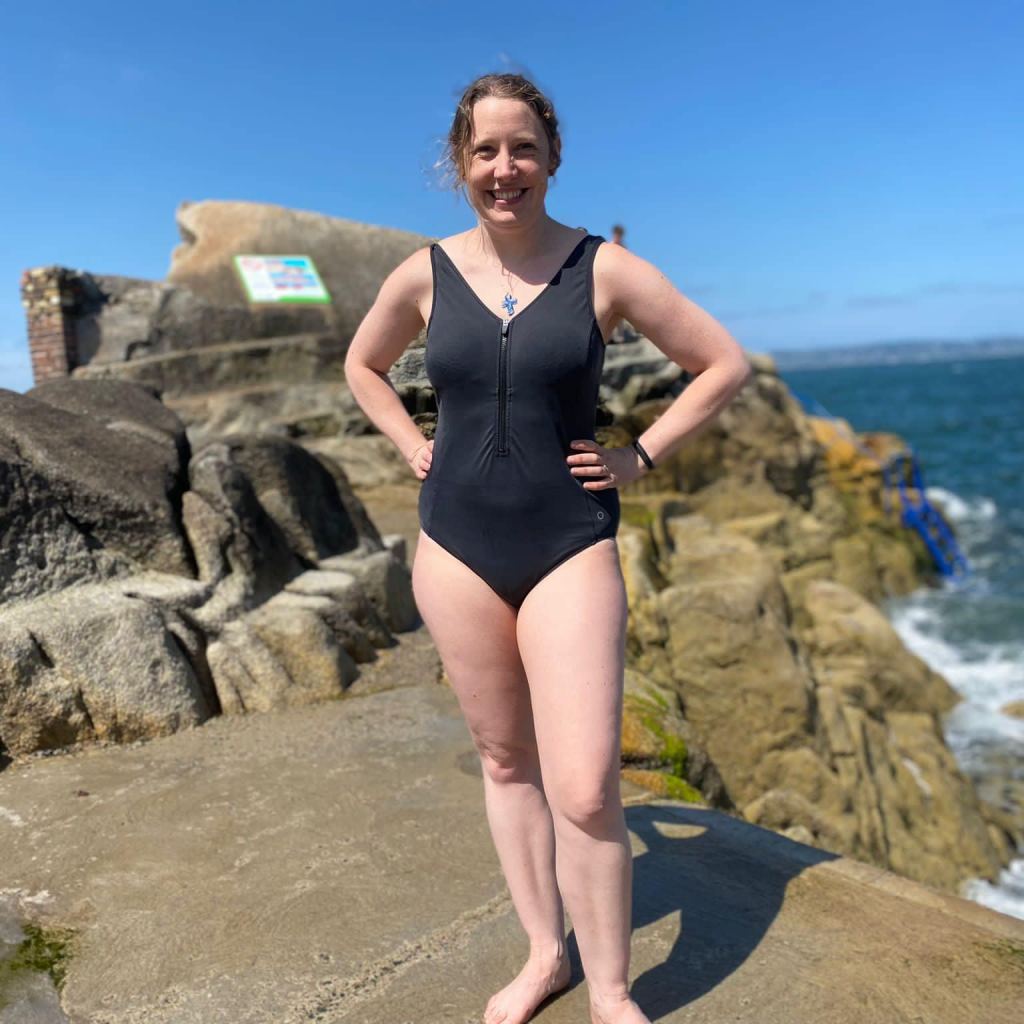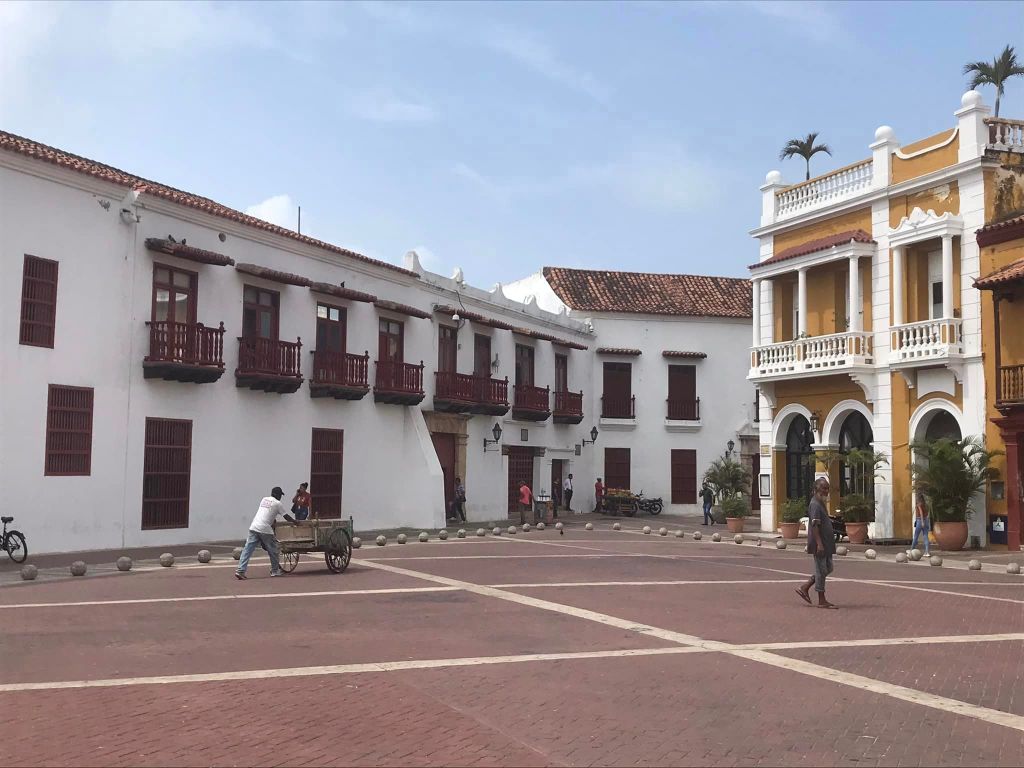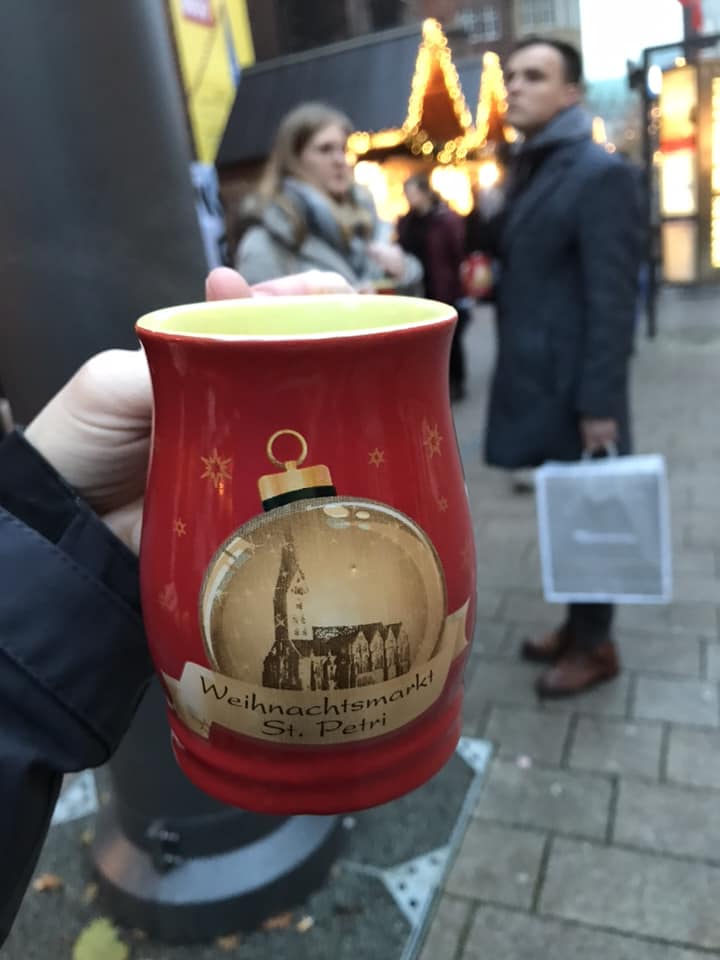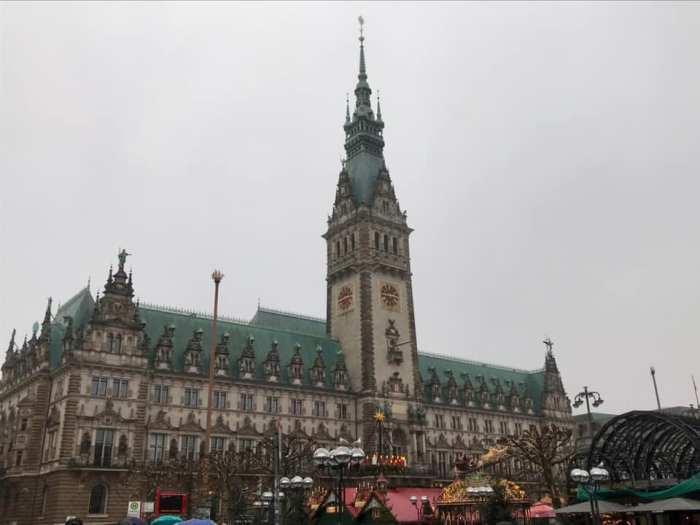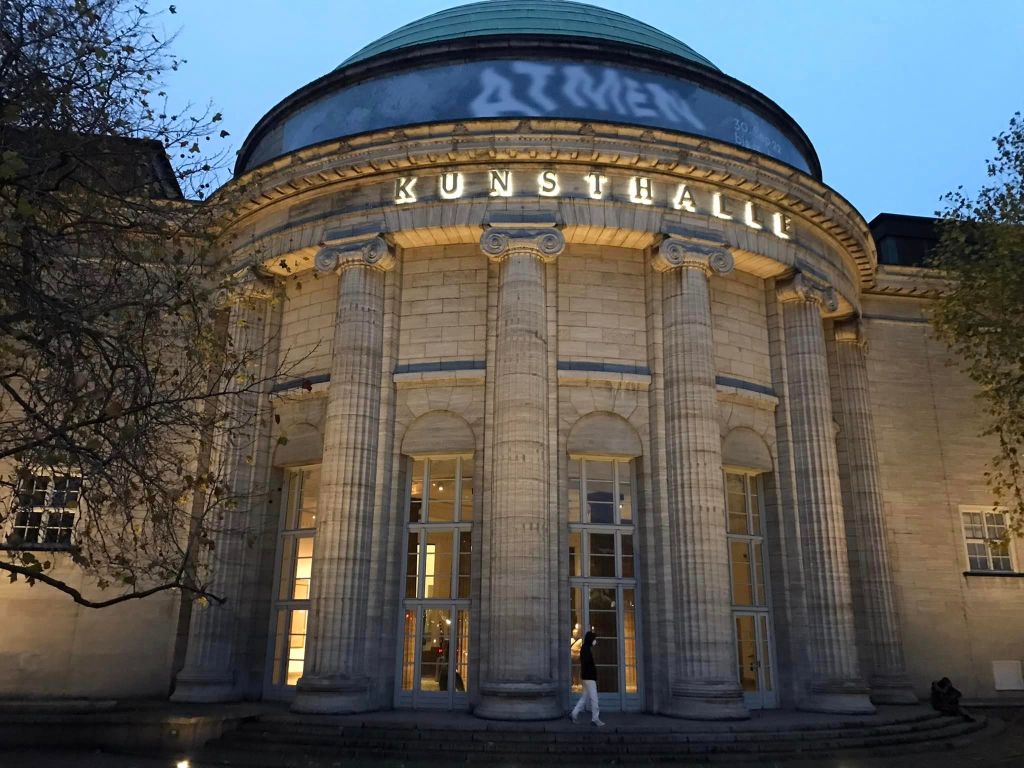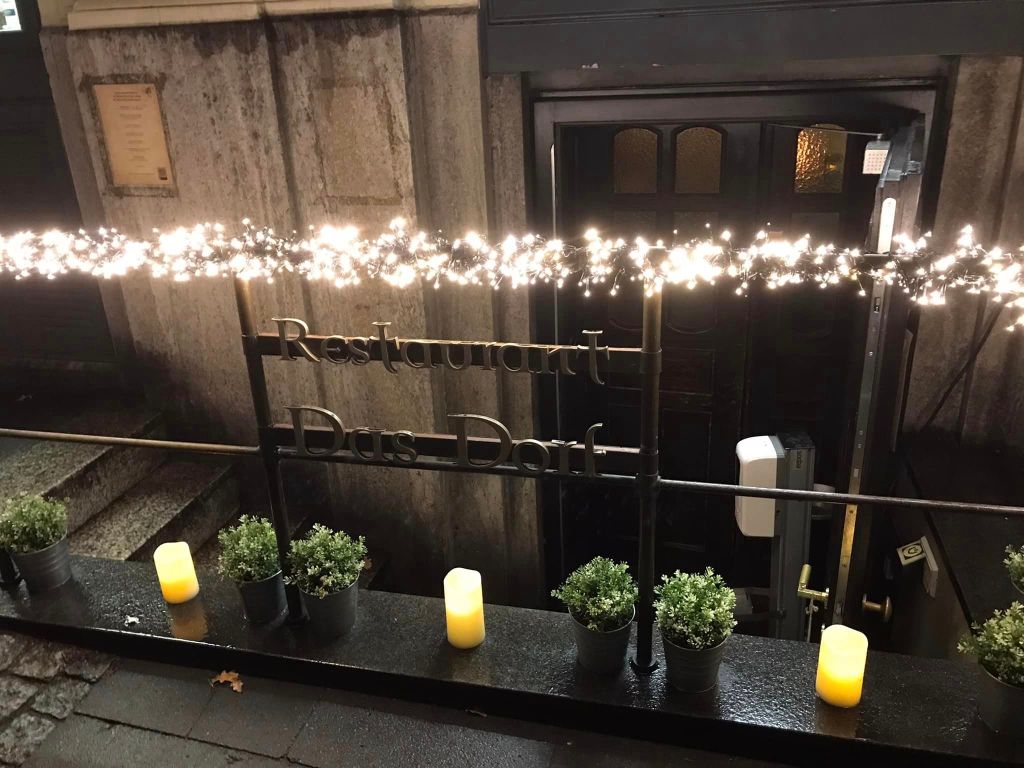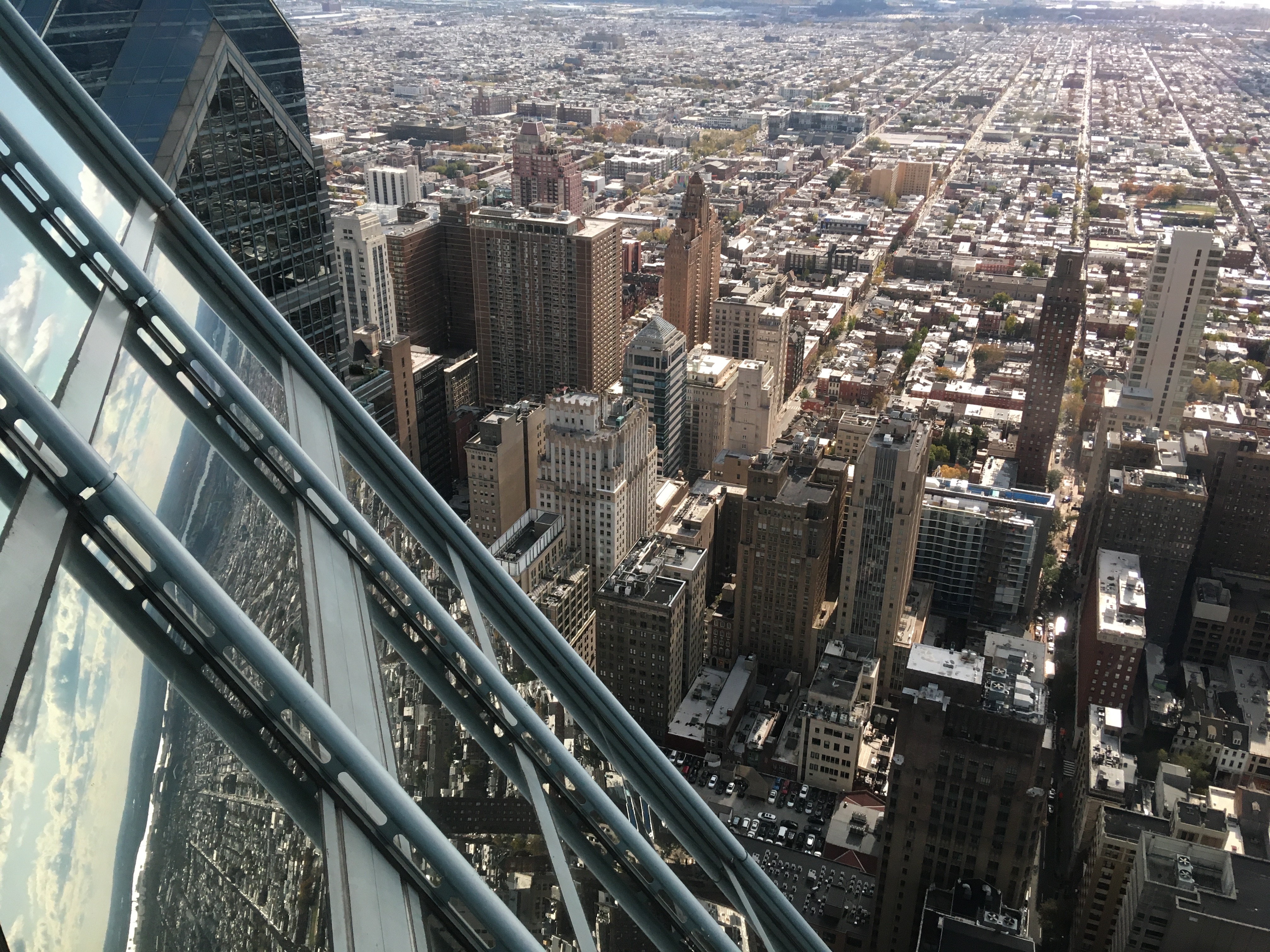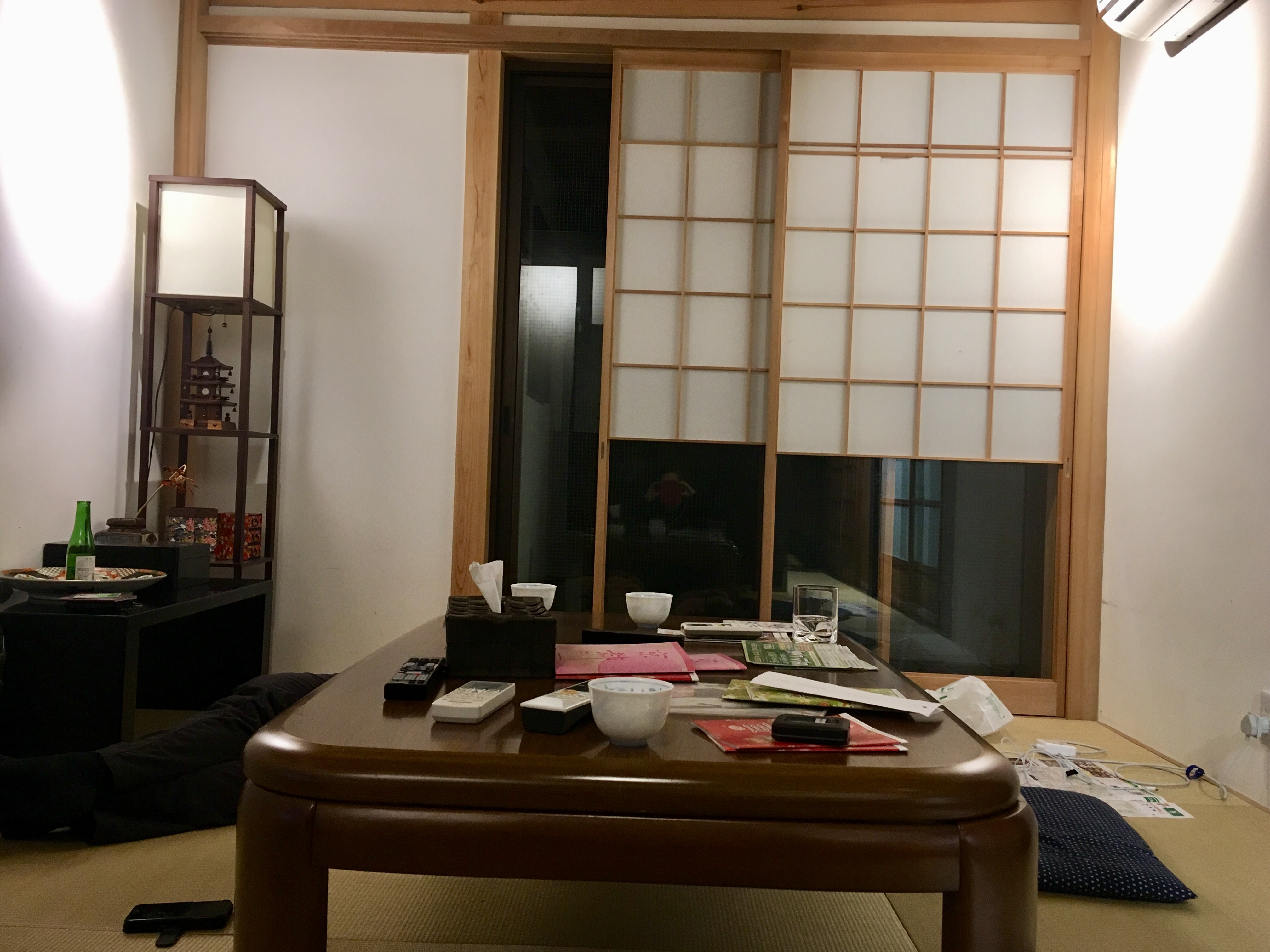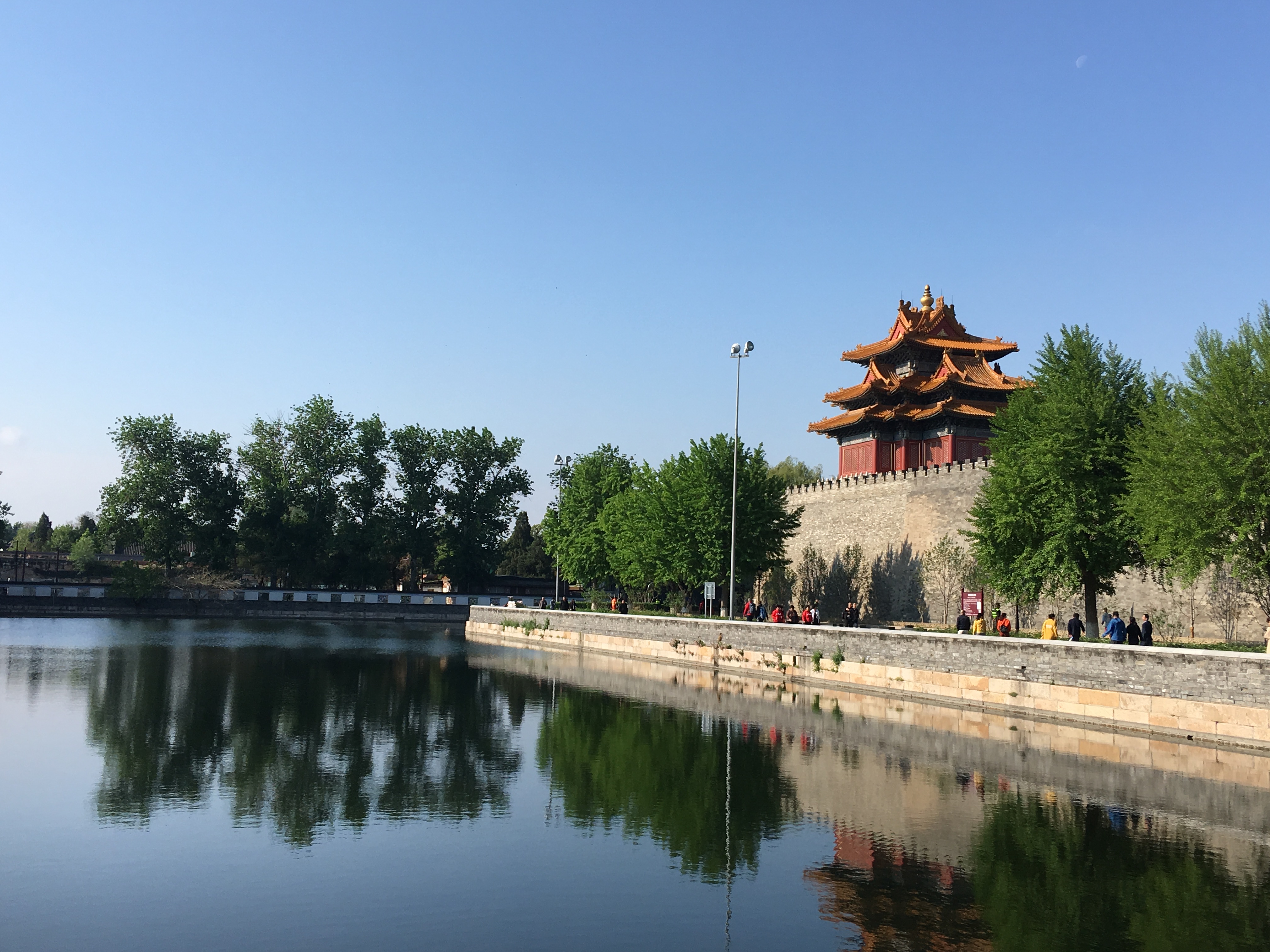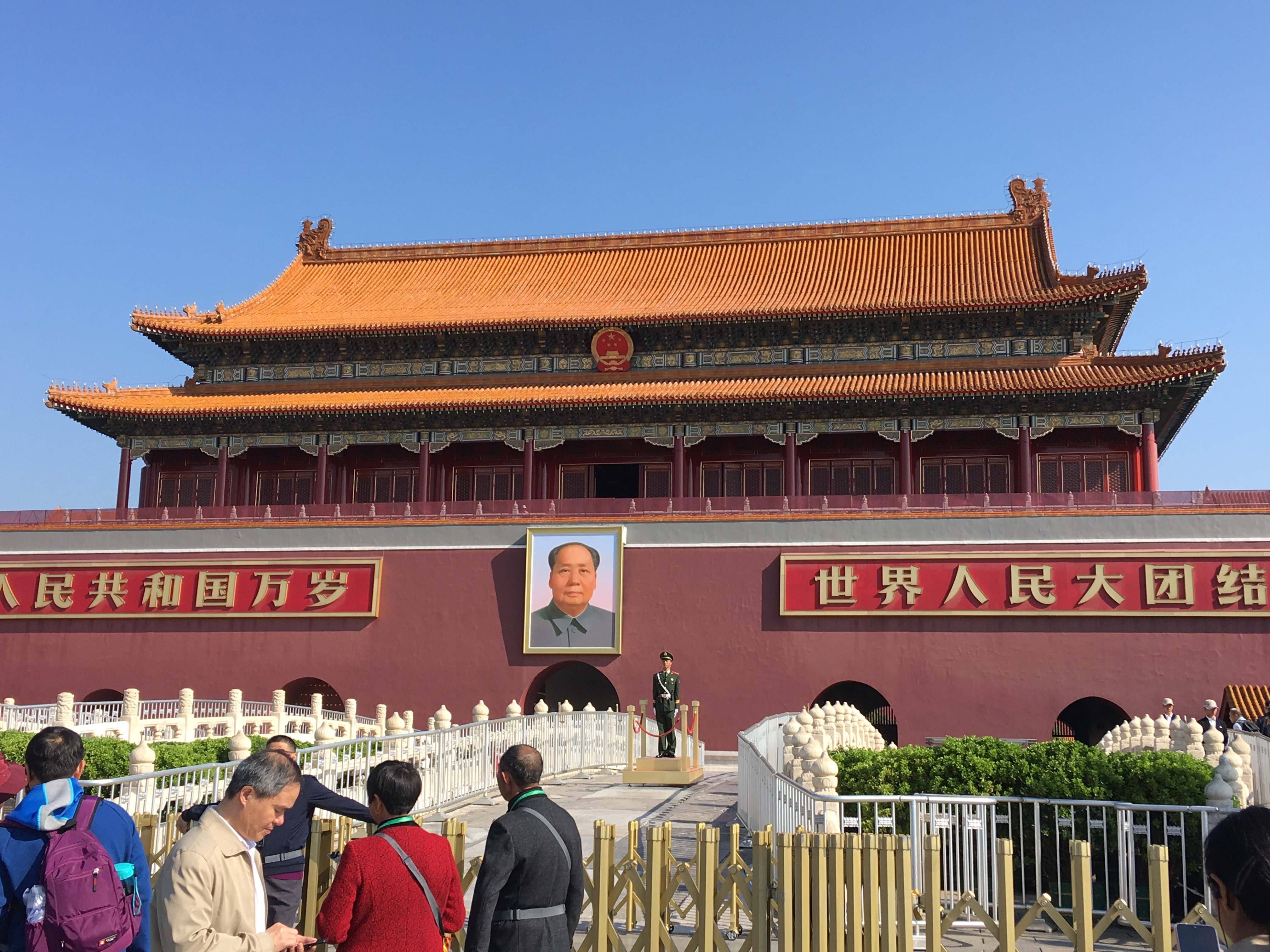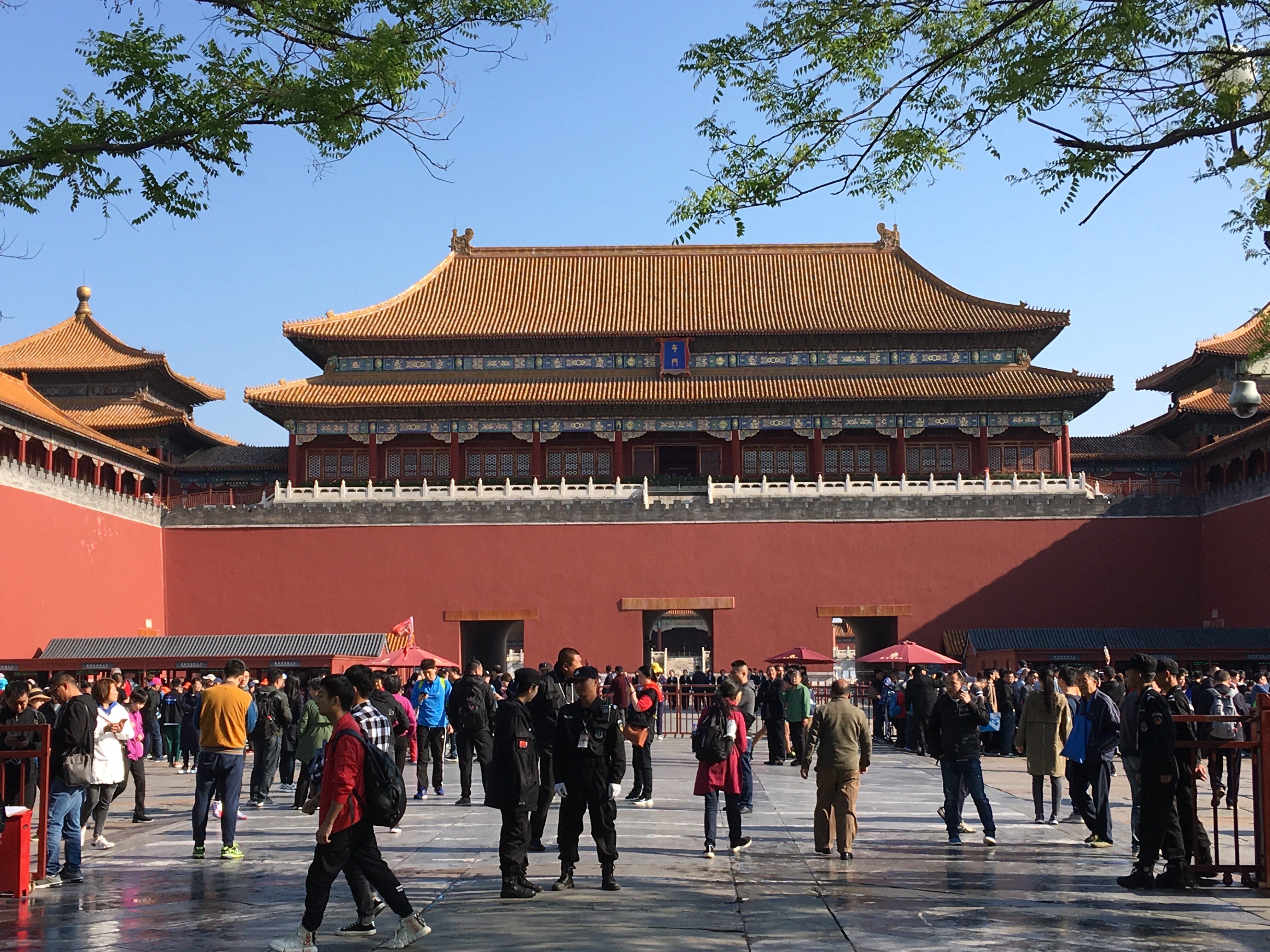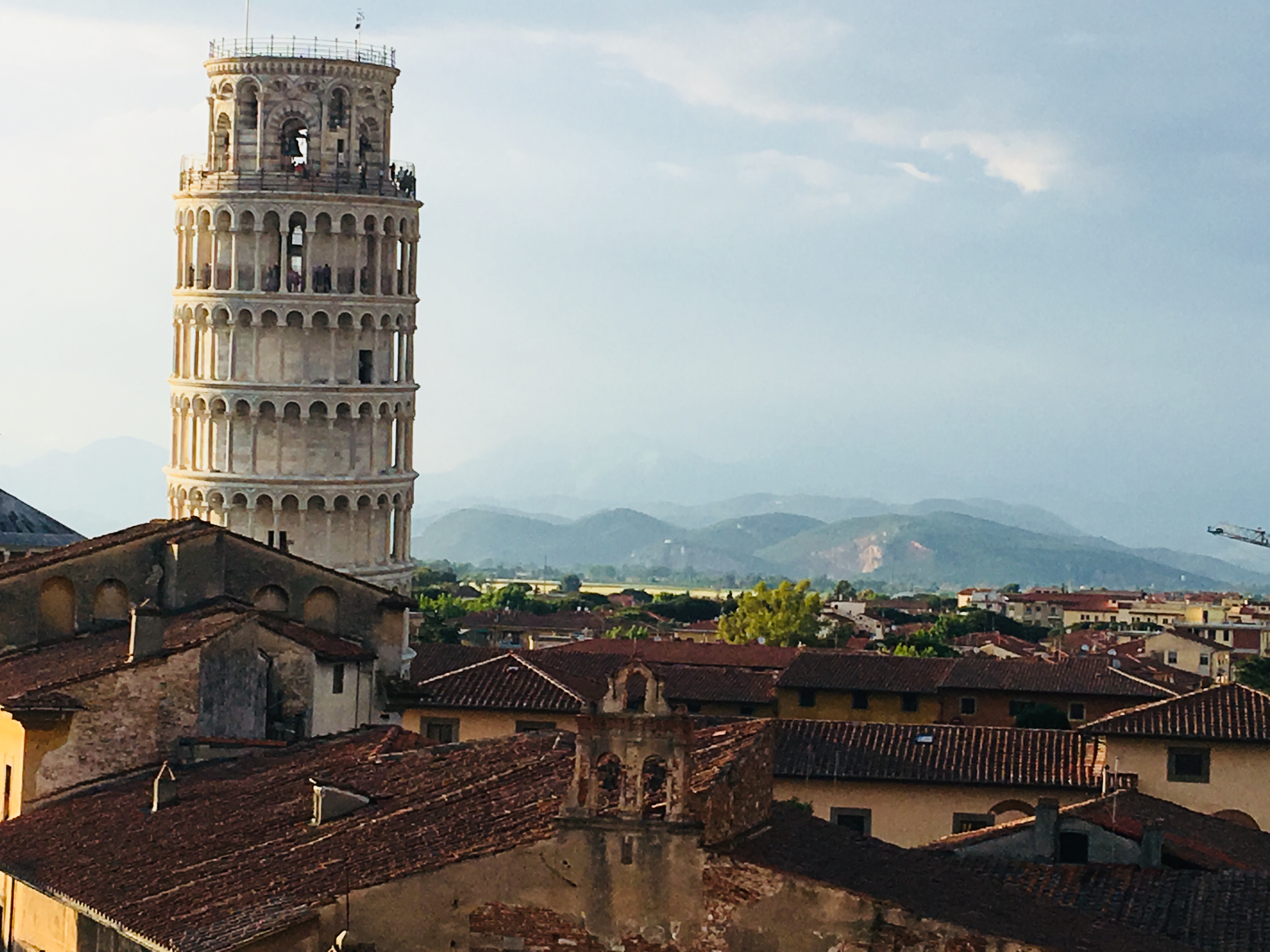Dublin is probably the city I know best outside the UK, yet every time I visit I find a new surprise – a plaque to one of the city’s countless famous writers that I hadn’t known about before; an excellent Greek, Italian or Spanish restaurant nestled unobtrusively between traditional pubs; a previously-undiscovered swimming spot tantalisingly close to the city centre by public transport, making the Irish sea much more attractive than it looks from the plane or (God forbid) the ferry.
Yet it was with complicated feelings that I left Ireland this summer, because I had been there not for pleasure (though, as it turned out, pleasures were abundant) but for work, because our campus there found itself understaffed. And this is emotional because I am one of an estimated 80 million people around the world who can claim – however tenuously – to be part of the Irish diaspora. Our families left Ireland over a period of centuries – indeed, some are still leaving now – with numbers peaking during the potato famine in the mid 19th century, and again around the early part of the 20th century. In one ten year period, it’s estimated 30% of the island’s under-30s left, in search of a better life, better opportunities and better wages. My family were among them, moving to Bradford when the textiles industry was at its height. Many, many more crossed the Atlantic – the film “Brooklyn” (from Colm Toibim’s book of the same name) depicts sensitively and painfully the transition from a dark, old world to a bright new one full of possibility – and this is why so many Americans – from Kennedy to Biden – invoke their (increasingly distant) Irishness at every given opportunity. According to the EPIC Museum (of which more later), Ireland has the dubious distinction of being the most emigrated nation on earth.
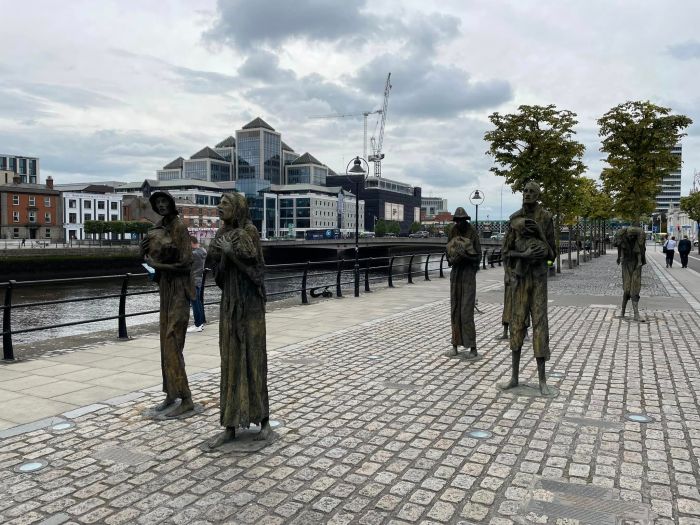
And so it was that, just over 100 years after my family left Ireland because there was no work, I was back, because there was too much of it.
Visiting as I was to help 50 Americans – many of whom fall into the a study abroad group known as “heritage seekers” – settle into three-month study abroad programmes in Dublin and beyond, reminders of this poignant truth were everywhere, both in the students who came and the things we did together.


The bittersweet nature of Irish emigration is most sharply and beautifully presented in EPIC – while many cities, from New York to Melbourne, have museums of Immigration, presenting a selective history of a welcoming nation in a self-congratulatory pat on the back that often whitewashes a reality of quotas and entry tests, Dublin’s museum is instead a homage to Emigration. EPIC is a museum that simultaneously mourns whole generations lost to other countries while celebrating their profound impact on those countries’ cultures and histories. While a friend scathingly dismissed the museum for “not having any actual stuff in it” (it consists of a series of multimedia displays and a disappointing lack of any artefacts, though there are many opportunities where these would enhance the content) it nonetheless presents a powerful picture of a complex nation, reducing the visitor to tears in one room and smiles of joy in the next. From black and white film footage that shows the old waving farewell to the young as a ship pulls away from the pier, you are next transported into the heart of Brooklyn’s dance halls, where Irish culture thrived and grew and influenced the wider culture around it. To emphasise this, the final room shows, on a big screen, the fateful interval entertainment at the 1994 Eurovision Song Contest, when Irish-Americans Michael Flatley and Jean Butler unleashed Riverdance on the world.

As a musician with a genuine Irish fiddle (an heirloom from my great-grandfather) I have been obsessed with the rhythms of Riverdance for almost 30 years, and couldn’t believe my luck that an anniversary version of the show was just finishing its run at the glorious Gaity theatre. Even in relatively modest surroundings (the intimate Gaity can’t compete with the vast Eurovision arena) the music was unbelievable – joyous, manic, prodigious, infectious – and the symmetry of many pairs of feet working in perfect unison transfixing. I was worried that it would somehow be a disappointment, but it was anything but.

For such a tiny nation, there’s no doubt that its influence on the world – from both those who left and those that stayed – has been disproportionate. The city is filled with reminders of famous residents, from James Joyce to Oscar Wilde. Yet Ireland is also no longer shying away from the darker sides of its history – EPIC mentioned that many emigrated due to prejudice, particularly against gay people or unmarried mothers, and Dublin’s last Magdalene Laundry – institutions brought to public attention by the currently-showing BBC Drama The Woman In the Wall, and before that by the film The Magdalene Sisters – is being turned into a permanent memorial to the women and children who suffered abuse behind its walls while the government – at best – turned a blind eye.

Recent work visits have allowed me to explore the Dublin beyond the raucous, garish pubs of Temple Bar and the unnecessarily generously-endowed statue of Molly Malone, heading out of the city on its wonderful DART line (Dublin isn’t a city that springs to mind when you think of public transport, and yet the DART facilitates a smooth and stunningly beautiful commute into the city from Howth in the north and Bray in the south). A mere half hour from the city you can find the seaside suburb of Sandycove, with its famous Forty Foot (yes, of course I did) – a set of steps down into the famously tempestuous (and, even in the middle of summer, impressively cold) Irish sea.
So, when I boarded the (delayed, of course; I have never arrived in or left Dublin on time) plane home, it was with regret (as well as guilt that I could have such an incredible and – humour me here because I know it sounds cheesy – profound time here while I was working). Over the week, I realised that I would move back in a heartbeat should the right opportunity arise. I would love to live in this vibrant, diverse (the EU has brought immigration in its most positive forms to a nation more famous for people leaving than arriving), beautiful, humorous, warm city, a shining, beating, cheering, toe-tapping heart of a nation that got knocked down, then got up again. And again. And again.
